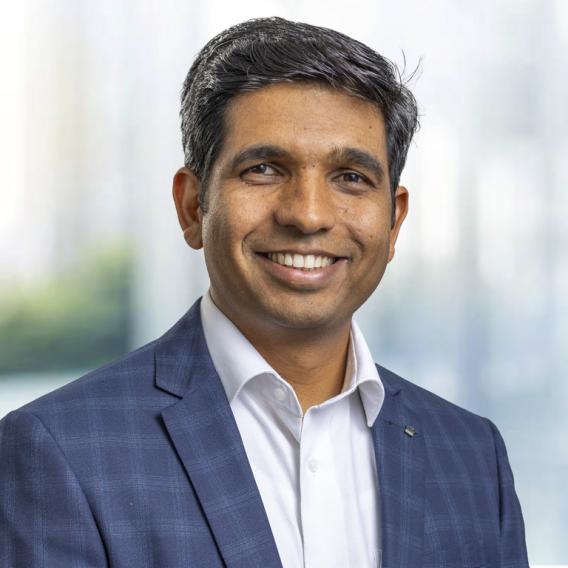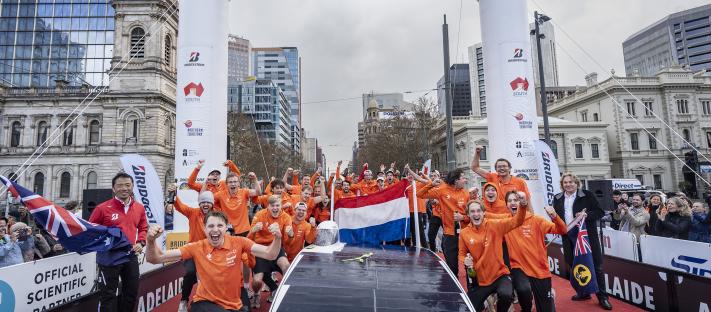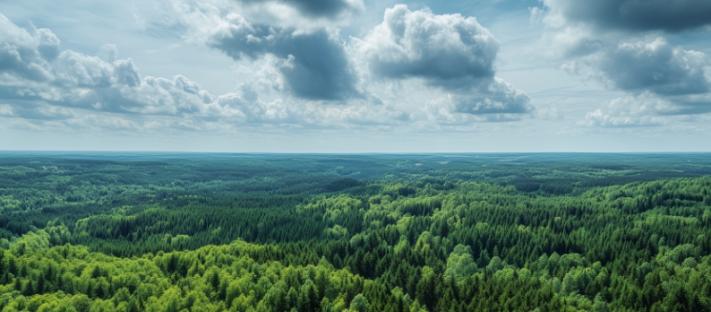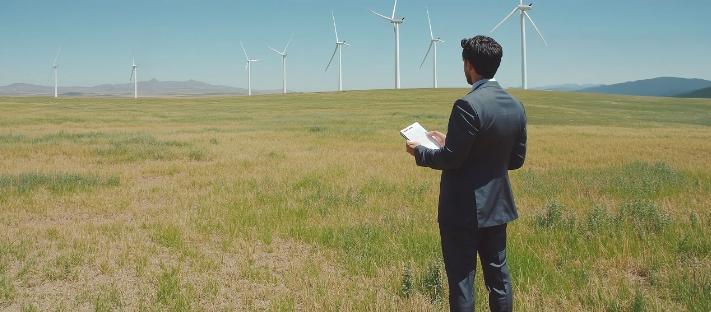Industry value
Engineering stronger mooring tendons with aramid reinforcement
Floating offshore wind presents new challenges for permanent mooring. With high strength, low weight, and excellent resistance to corrosion and creep, Twaron® offers a dependable alternative to traditional steel chains and synthetic fibers. Designed for long-term performance in demanding marine environments, Twaron® supports the development of efficient, reliable mooring systems.
Solutions
Addressing the demands of floating wind mooring
Tension leg platforms (TLPs) and taut mooring configurations are increasingly used in floating offshore wind installations. These systems require mooring lines with high axial stiffness, low elongation, and consistent performance over decades of use. Traditional steel chain meets the strength requirement but adds significant weight and complexity. Some synthetic alternatives reduce weight but are prone to creep or long-term fatigue.
Twaron® provides a dependable solution. Its high modulus helps maintain system stability, while very low creep supports structural integrity over time. Compared to steel, Twaron® is significantly lighter, helping to reduce installation effort, vessel load, and emissions. Its resistance to corrosion, seawater, and fatigue makes it well-suited to the demands of deep-water environments.
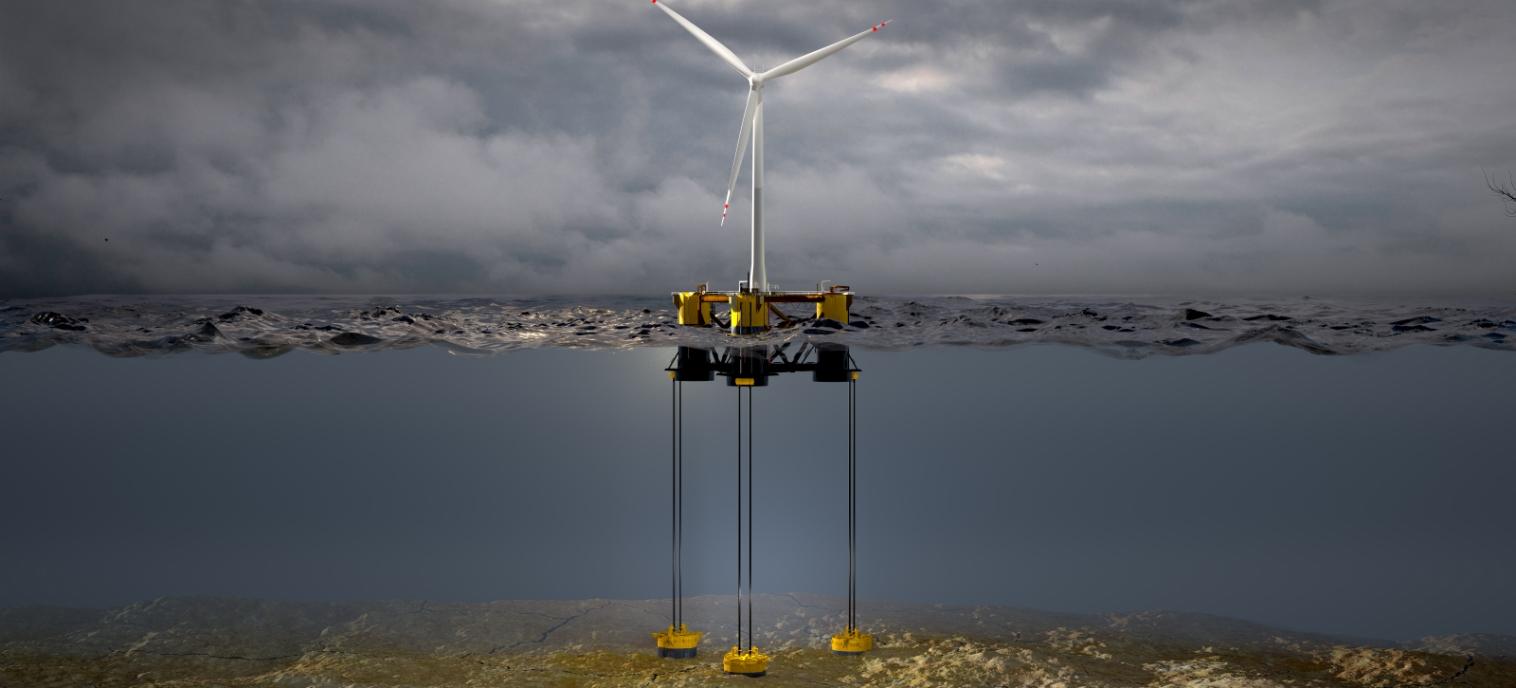
Product value
Enabling durable, efficient mooring systems
Twaron® combines high stiffness, low weight, and resistance to corrosion and fatigue to support reliable mooring in deep water. Its strength-to-weight ratio helps reduce installation effort, while long-term stability under load contributes to safer and more efficient offshore operations. At the end of its usable life, Twaron® can be recycled, supporting responsible material use.
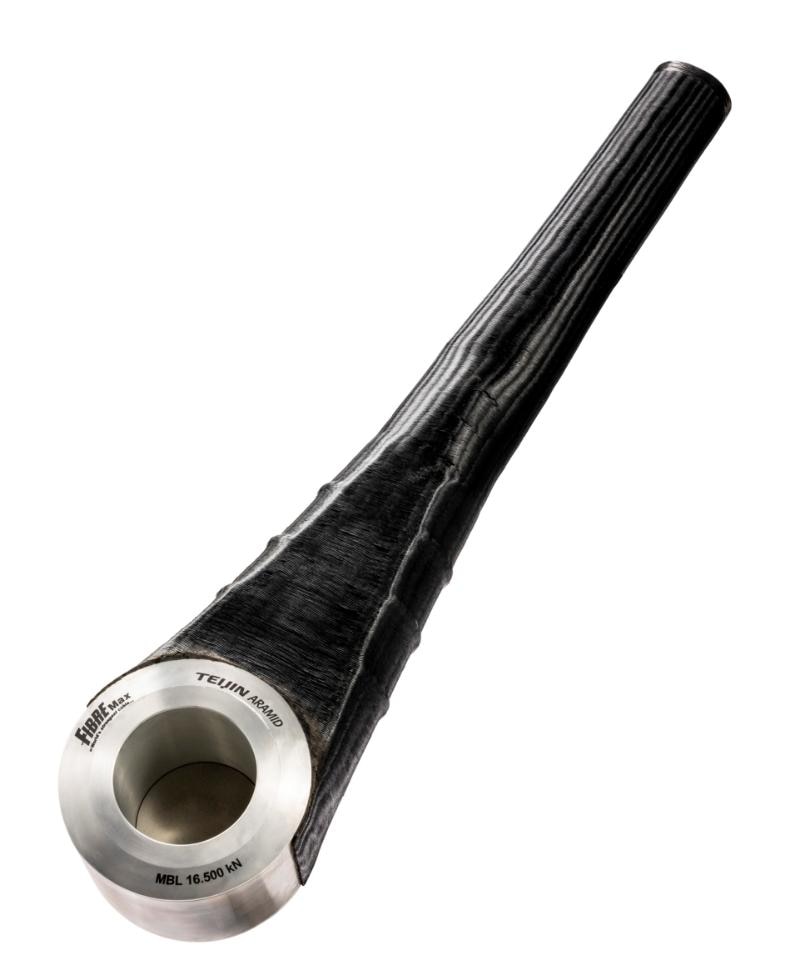
Sustainability
Supporting lower-impact offshore operations
Twaron®-reinforced mooring lines are lighter than steel, which can reduce the number of transport trips and limit offshore resupply. This supports lower emissions during installation and operation. Together with partners, we are recovering used marine ropes and exploring closed-loop recycling, helping to build a more sustainable value chain without compromising performance.
Our expertise
Our research and development streams
Proven experience in ropes and cables
We bring deep knowledge of synthetic fibers and their application in ropes and cables. We support manufacturers with materials that are well understood, tested, and trusted across marine and offshore environments.
Collaborative technical support
Our regional technical account managers work closely with partners to help identify the most suitable aramid solution for each application. This includes support during development and integration, guided by real-world performance data and field experience.
Application-specific validation
Through our Research and Innovation Center (RIC) in the Netherlands, we carry out in-house testing under realistic conditions. This includes evaluating performance when exposed to heat, humidity, seawater, UV radiation, and under dynamic loads. Our approach supports consistency, even as processing methods or design requirements evolve.
Data that supports decision-making
We maintain an extensive database built from long-term testing of ropes and cables in both static and dynamic conditions. This helps customers assess feasibility and performance early in the design process.
Support through certification
Once a material solution is selected, we continue to work with partners to help meet relevant certification requirements. Our validation process continues throughout development to ensure confidence at every stage.
Built-in quality assurance
Our RIC defines the quality benchmarks used in production. By aligning material properties with application demands, we help ensure that every product performs reliably in the field.
Expert
Updates
New and upcoming
We regularly attend tire industry-related events and publish news and stories about our innovative work with industry partners.

